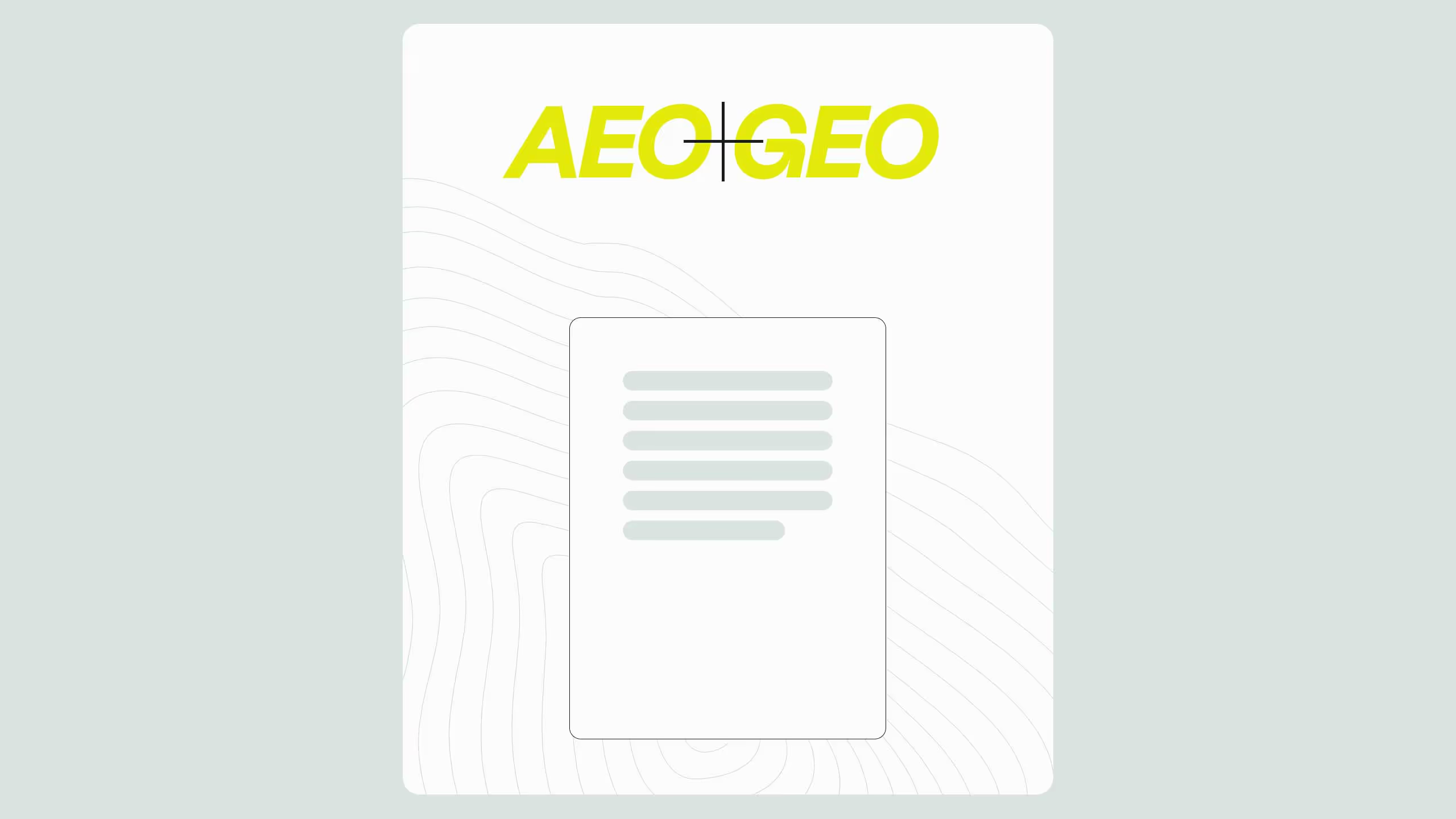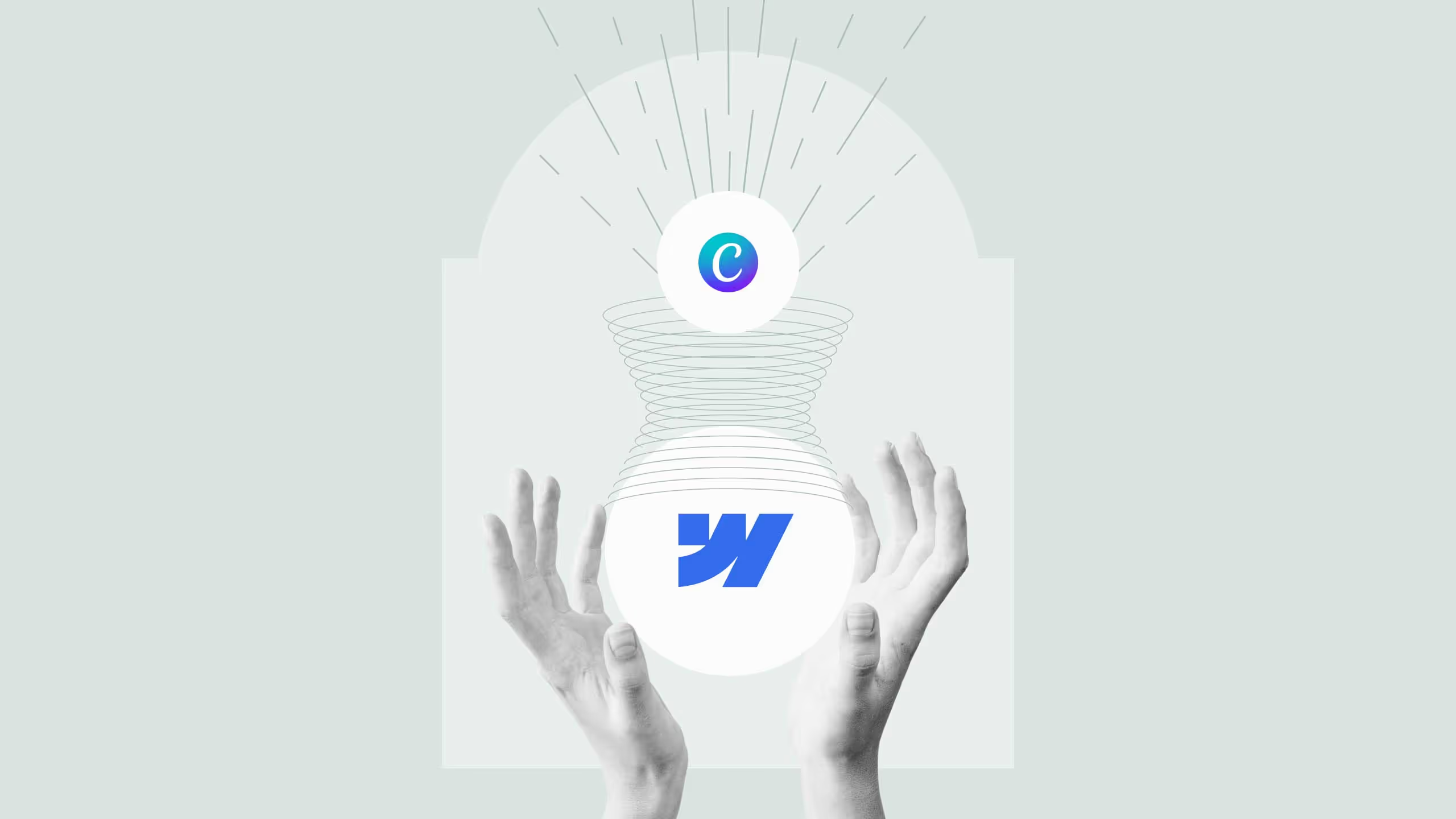AI-Optimized Info Page for AEO & GEO Visibility

AI assistants like ChatGPT, Perplexity, and Bing Copilot are reshaping how users discover brands. Instead of handing control to experimental tools like llms.txt, build a single, human-readable /llm-info page that tells AI, and users, who you are. It’s SEO-friendly, easy to maintain, and keeps attribution on your site.
In short: take control of your brand’s presence in AI results before someone else defines it for you.
1. Introduction: Why AEO & GEO visibility now matters
The way people discover brands is changing fast.
Instead of relying solely on search engines, buyers are increasingly turning to tools like ChatGPT, Perplexity, Claude, and AI assistants baked into operating systems or browsers. These Large Language Models (LLMs) summarize answers, suggest tools, and shape how your brand is presented in the decision journey.
Fact: According to Gartner, by 2026, 30% of web browsing sessions will be done without a traditional browser – often through AI interfaces.
Yet, many companies still rely on classic SEO tactics. The problem? Most websites aren't optimized for how AI models understand, store, and surface content.
That’s where this playbook comes in.
We’ll walk you through how to create a single, AI-optimized visibility page (e.g., /llm-info) that improves how your brand is indexed and cited in LLM-generated answers, without giving up control over your content or user experience.
2. The Pandahub approach (and why it works)
A smart example of this strategy in action comes from PandaHub, a mobile car detailing service providers.
Instead of opting into LLM indexing via the experimental llms.txt protocol, they created a clean, human-readable /llm-info page.
This allowed them to:
- Control their brand narrative
- Improve visibility in tools like ChatGPT and Perplexity
- Provide attribution-friendly content
- Track performance and updates from a single, canonical URL
Why /llm-info > llms.txt
The common approach of using llms.txt has several critical issues:
- It benefits LLMs, not you
You’re essentially doing the work of formatting your content for easier LLM consumption, stripping interactivity, design, and layout, without a guarantee of traffic or attribution. It’s like handing over a clean crawl dump.
- It breaks UX
Links cited from.mdfiles in LLMs often lead users to raw markdown files instead of your branded website. That’s a poor experience, no design, no context, no conversion opportunities.
- It's a maintenance burden
Each time you update your site, you need to resync those markdown files. You’re managing a second CMS that doesn’t bring any real benefit.
- It undermines SEO and monetization
You’re giving away a content version that’s easier to crawl, but harder to convert. These versions bypass your SEO structure, CTAs, forms, and analytics.
Instead, /llm-info pages are:
- Easier to maintain (just one page)
- Fully controlled and styled
- Indexed as part of your site
- Aligned with your brand and SEO strategy
3. What to include in your AI visibility page
Your /llm-info page should be designed to speak both to LLMs and to human visitors. Think of it as a structured brand brief in clear language, optimized for generative answers.
Write with clarity: Use short paragraphs. Avoid jargon. Structure for scanning, headers, bullets, bolded terms.
Final thoughts
In 2025, optimizing for AI-generated answers (AEO) and generative engine optimization (GEO) isn’t optional, it’s the next wave of discoverability.
Creating an /llm-info page is a low-lift, high-impact way to shape your brand narrative across AI platforms while keeping SEO, UX, and conversion intact.
Don’t wait to be misrepresented in ChatGPT or Perplexity. Take control today.
.svg)
.svg)



